The Hoover Dam Historic Rail Road trail would be my first rails to trails hike since moving to America. The 7 mile round trip hike from Lake Mead to Hoover Dam was a planned pit stop on my way to Vermilion Cliffs, Arizona. Initially, my motivation to hike the railroad trail was to honor the many days Shadow and I spent train spotting in Fresno. During many of our urban walks we found ourselves negotiating railway crossings and hiking a long side the train tracks.
Little did I know my rails to trail hike would quickly turn into a fact-finding mission about our seemingly un-policed use of the Colorado River and the South West’s drought.
https://remoteleigh.wordpress.com/2014/06/01/drowning-in-the-drought/
I was also curious to learn more about Las Vegas’s dependency on Lake Mead. While many consider Las Vegas to be a city built on sin, you can add another to its list: water.
How does the driest city in America still use more water per capita than just about any other city in the country? Amazingly enough, Las Vegas charges less for water than many other communities across America. How does a city accommodate and offer hydration to a population that has tripled in two decades? Did city planners assume water would never be an issue in the desert? Ninety percent of Las Vegas’s water comes from Lake Mead. Deep beneath Lake Mead, a 23 foot tunnel boring machine is currently grinding through bedrock to ensure water continues flowing to the thirsty resort city.
The 817 million dollar project is expected to be completed by October 2015.This six year project offers only a short-term water solution, while the long-term has yet to be addressed. Despite its wasteful reputation, Las Vegas reuses 93 percent of its water. The city paid homeowners $200 million to rip up their thirsty front lawns.Yes, that’s right, in Las Vegas we have to pay citizens to remind them they live in a dry desert and that green lawns are not indigenous to the area.
Are we unable as citizens to self police a resident oath?
“Thy shall not have a front lawn in a desert community”
Front lawns are now illegal in Las Vegas, yet golf courses are still commonplace. About 70 percent of the city’s nearly maxed-out water diversion from Lake Mead goes to landscaping. The real water hog is not people but grass. Almost three-quarters of Las Vegas water goes to public parks and golf courses.
Is it possible for Americans to understand that golf courses in desert environments are not sustainable?
Are we as a country, that resistant to change?
At times I feel our ignorance towards water policies is similar to our avoidance of the metric system. America remains the only industrialized nation that hasn’t made the metric system compulsory. Is it our stubbornness towards embracing change? Do we find comfort in familiarity? It seems if anyone should dare question our resistance to change, we start quoting our founding fathers legacy to help support our lack of reasoning.
I contemplated the irony of Hoover Dam as Shadow and I headed out on our 7 mile hike. As a nation in the 1930’s, Hoover Dam came to symbolize what American industry and workers could accomplish, even in the midst of the Great Depression. Almost 90 years later, we are facing the Great Drought. I wonder what the West could accomplish if the entire nation understood the significance of the Colorado River, not to mention the severity of the drought.
Will our lack of response come to symbolize America’s failure to protect our most important resource?
Many researchers are expecting Lake Mead to be dry by 2021. Without water, where do we relocate an entire city to?
Should cities have a population cap based on resources?
As we passed through tunnel 1, I learned the railroad was built in 1931. It was specifically built to haul materials to construct Hoover Dam. The line ran from Boulder City to Hemenway Wash, then onto a concrete mixing plant on the rim of Black Canyon. Twenty four hours a day, 7 days a week, trains carried gravel, supplies, and machinery to the dam construction site.
During this hike I was hoping to get a better understanding of the harsh conditions workers and families endured during the dam construction. After the Stock Market Crash of 1929 and the Great Depression, an avalanche of unemployed headed out West. All were competing for a limited number of Hoover Dam construction jobs.
In desperate need of work, men traveled cross-country to earn a living in a desolate, wild, undeveloped and extremely hot environment. Arriving with families, a tent community was born known as “Ragtowns”.
The living conditions were extreme. Imagine having no electricity, and working outside in 119 degree temperatures? Would you be willing to live in unsanitary conditions and drink untreated water as part of your job requirement? Imagine having a husband working at the construction site and your child gets sick. The Ragtown hospital only serviced dam workers, not their spouses or children. The nearest medical service for your child is Las Vegas.
As I entered tunnel two, I wondered if minorities were employed during the construction of Hoover Dam. Show me a country, a problem, an achievement, even a historical event; sociology was an active participant.
I fell in love with sociology during college. I was blessed to have passionate sociology professors. Dr Mitra Hoshiar, Dr James McKeever, not to mention the very wise Canadian, Dr James Crossen. Sociology helped me understand the sexism I experienced as young girl growing up in Australia. Sociology taught me how easy it is to create radical social and cultural norms. Within a decade these ideas sadly become facts cemented in the uneducated mind.
Sex, gender, orientation, socio-economic, age, etc, have all been justified reasoning to deny, withhold, discriminate and destroy the dreams and hopes of minority populations. Consistent with the time period, African-Americans and Native Americans suffered from corporate and community discrimination during the construction of Hoover Dam.
Many African-Americans came to Las Vegas and Black Canyon with hopes of finding dam building jobs. Sadly, most were turned away because of racism. Less than 30 African Americans were hired, and they were only given jobs that white workers found undesirable. The fortunate 30 also dealt with housing discrimination. African Americans were not allowed to live in Ragtown. Instead, they endured daily commutes from Las Vegas.
Disregarding the abundance of Native Americans in the region, only a few were hired during the construction of Hoover Dam. Native American workers were given the most dangerous jobs, which included “high scaling”, dangling on the canyon walls while clearing obstructions. Unlike African-Americans, Native Americans were permitted to live in Ragtown.
As we exited tunnel two I noticed Shadow was looking a tad tired. He had over-exerted himself at Kelso dunes the day before. I think his paws were still adjusting to the sand and gravel. Collectively, we both agreed to some bench therapy. This gave Shads time to rest, and for me, more time to ponder about the stories of families living under such extreme conditions.
At tunnel three, we spotted our first humans on the trail. In beautiful 70 degree weather I wondered why more people were not hiking the tunnel trail. It’s the perfect walk back in time, with a big finale ending at Hoover Dam.
I am not sure how heavily promoted the trail is, however if you are ever by Lake Mead, this is a must hike. And yes, it’s free!
As we continued through tunnel four and five, I noticed we would be walking through the Bureau of Reclamation’s property. The Bureau of Reclamation permits hikers and bikers to enter this area, with the understanding that gate five closes at sunset for security purposes.
We had now technically entered the security zone. I wonder if an Australian Curious George with a pit boxer mix was considered a threat? I also wondered how many security threats actually look like the man depicted in the sign. How many people wear a trench coat while hiking this trail?
Passing through the gate we headed for the switch yards. Shadows ears were somewhat alarmed by the buzzing noises coming from the power lines. How do you identify a sound when you have no understanding of the source?
As we prepared for our urban descent to the Dam parking garage I wondered if security would let a dog pay homage to Hoover Dam. Is it possible we walked the entire trail only to observe the Dam from the parking structure? Either way, I was at peace with the outcome. The focus was the walk, and time spent with Shadow and Min.
I wondered how many paying tourists actually get to the see this side of Lake Mead and Hoover Dam. Have we become so focused on the end result, that we have forgotten about the human sacrifices, the struggles, the suffering, and yet only a few men will ever bask in the glory of the achievement. Do we simply visit to get our proof picture in order to scratch off our bucket list, and leave with little understanding of what we have seen? I have seen this happen a lot at the Grand Canyon. People will drive 8 hours to visit the Rim; yet will only spend a few hours visiting Mother Nature’s butt crack. Most visitors could not tell you how deep the canyon is, yet they could describe the best places to get lunch and what to buy from the gift shop.
Heading down the walking ramp I realized we were finishing on the top floor of the visitor parking structure. It was then that I realized we would need an elevator ride down to the Dam. Undoubtedly Shadow would be denied entry. Smiling, I need to get him registered as a service dog. I could say he helps me with my fear of walking and man-made structures lol.
So this is how close we got to Hoover Dam. Our lookout point was from the top floor of the parking garage.
Shadow was content with the outcome, as it meant he could steal an afternoon nap before our 3.5 mile walk back to the trail head.
By 3 pm, we left the parking structure and headed back towards gate five. We had to be through it before sunset, otherwise we would be spending the night on the trail. Not to mention, we would be seen as a security threat.
A very sluggish Shadow was not happy about the idea of another 3.5 mile walk. The past week had felt like a boot camp for him. Since leaving Fresno, he had struggled with car sickness, camped for the first time at Brite Lake, met the windy man, spent time in Hinkley, met the creator of Bottle Tree Ranch, spent the night with our John Muir trail angel friends, cowboy camped on top of Kelso Dunes, and now found himself hiking though rail road tunnels. Little did he know he was also facing another night in a tent, with high winds forecasted.
Hiking back through the switch yards we saw our first bighorn sheep of the trip. Shadow was not sure what they were, not to mention why they were hanging out on a cliff.
It was after the bighorn sheep sighting, I realized how much I missed my 35 mm SLR shooting days. Granted, lugging an extra ten pounds worth of camera gear up a trail is not fun, however neither is missing out on photo opportunities because your 50 buck camera maxes out at 100 mm. As convenient as my point and shoot has been, I feel I am at the point where I need to find an ultra zoom camera. Add this to my list of things to research once I am situated in Vermilion Cliffs.
As we headed into the homestretch, I was wondering if Shadow realized we were camp site bound. We would be camping at Lake Mead, and the windy man (he is scared of the wind) would be visiting us at 40 miles an hour tonight. It is during these times I am blessed to have my Alps tent. This tent has protected us in monsoonal storms, snow, hail, and 60 mile an hour winds. I am hoping Shadow feels as protected in the tent as I do.
I completed the Historic trail with a greater appreciation for the men, women, and children who endured the elements and lack of living conditions in order for a better life. In return for their hard yakka and sacrifices a modern marvel was constructed that has made the south-west livable today.With that said, I feel we have misused and abused the Colorado River. The Colorado River is a living testament of what happens when we ask too much of a limited resource.









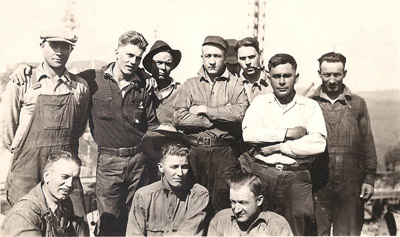

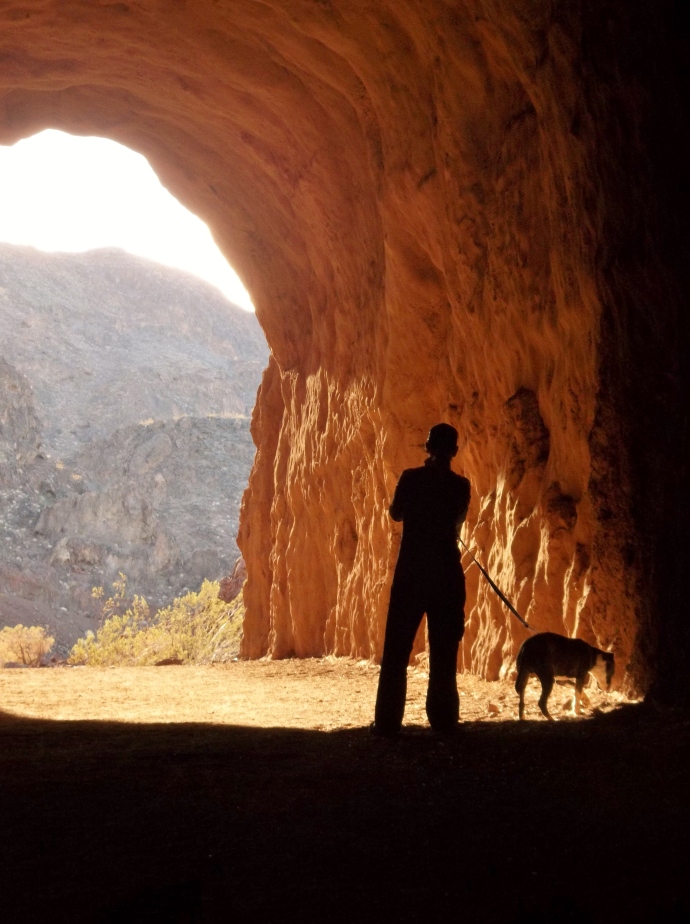







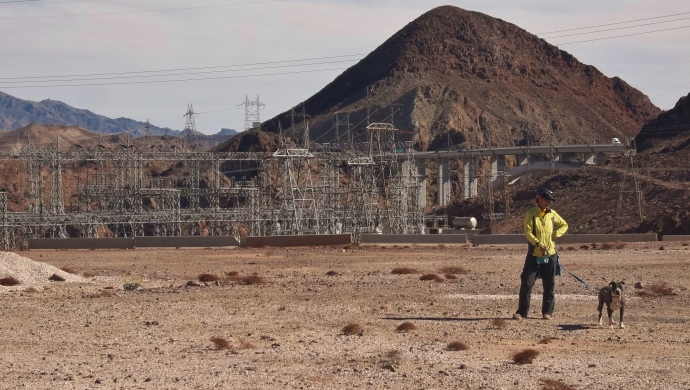





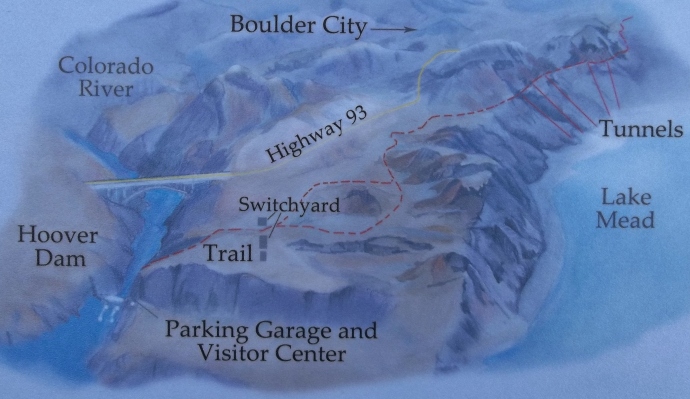
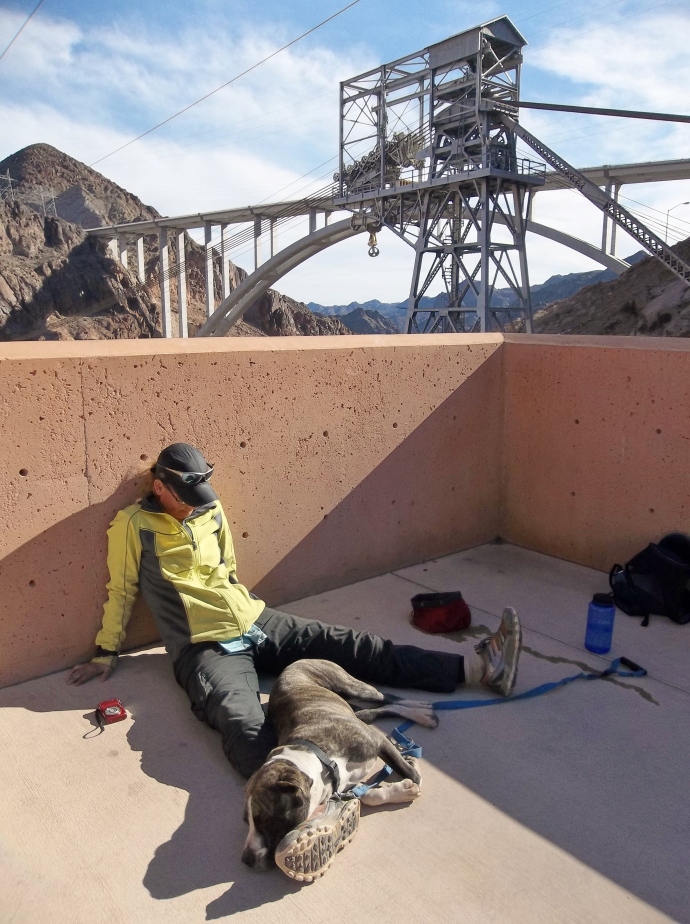
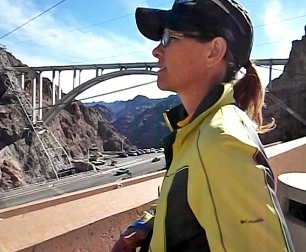
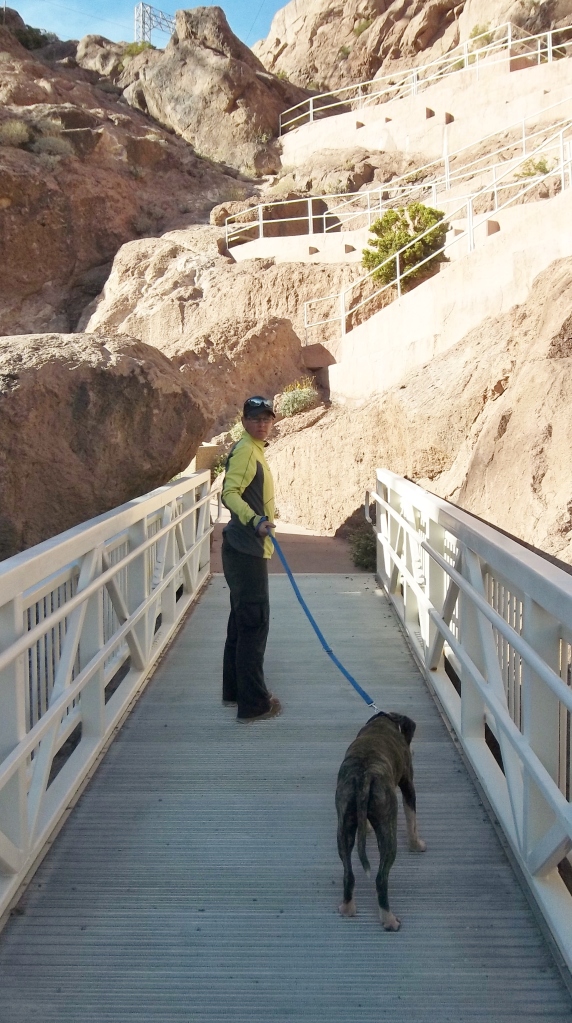

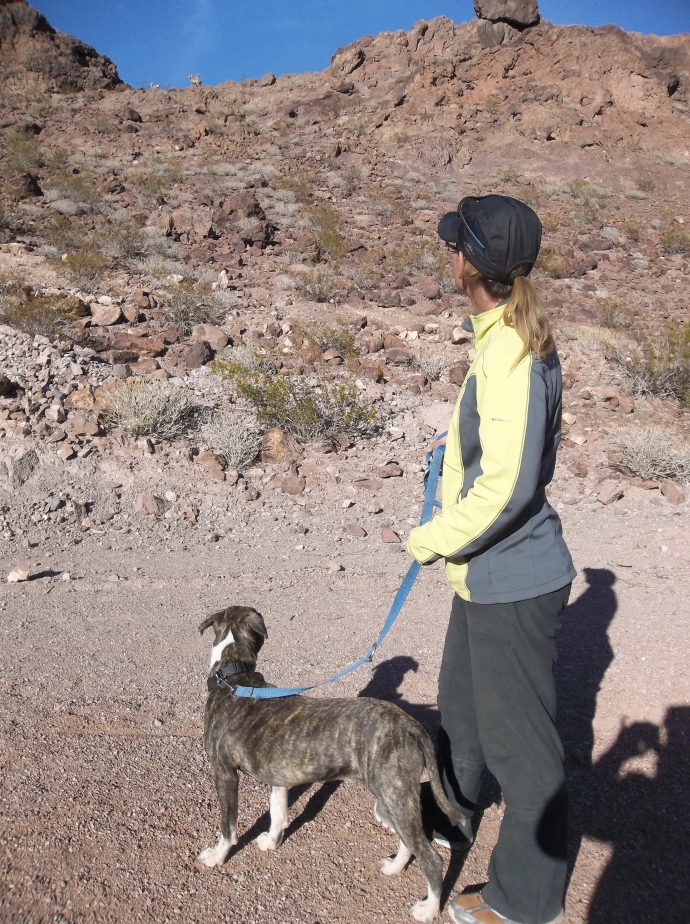
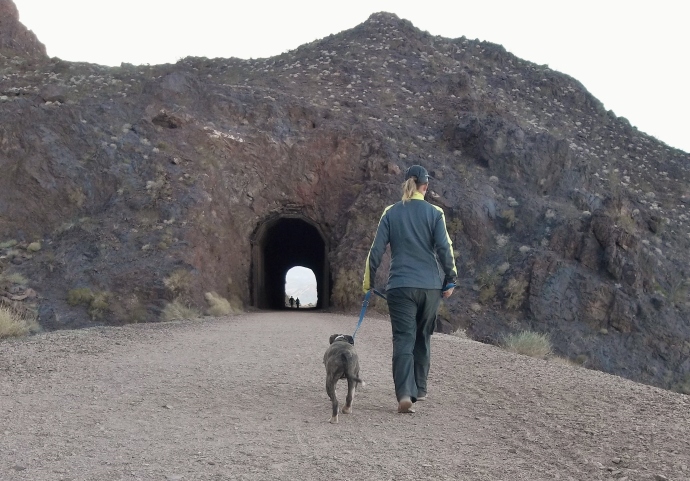
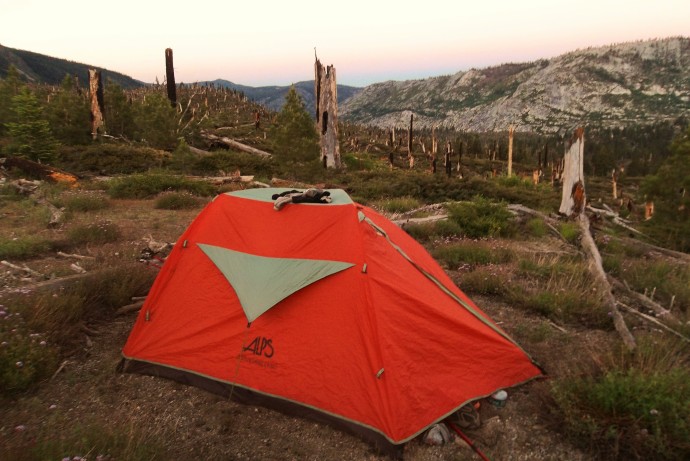
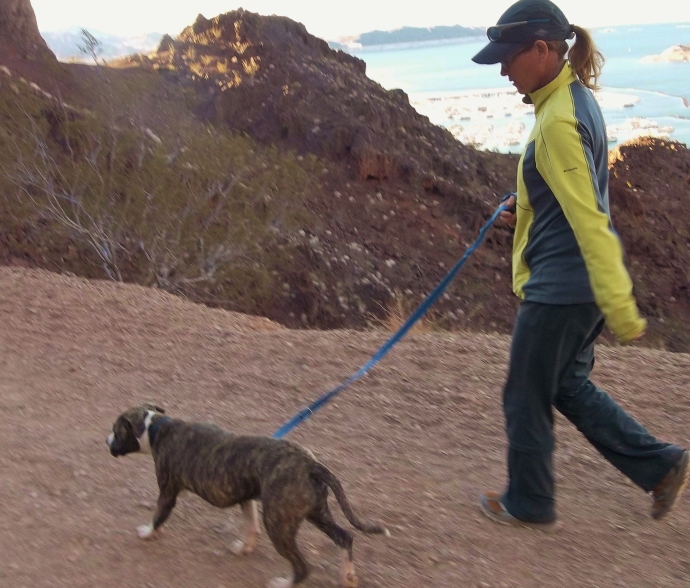

Fantastic post! Your inquisitive mind plus journalistic talents makes for a great read. Very timely info. My family is currently under severe water restrictions while the water flowing through their community is unavailable to them and instead is allocated thousand of miles away.
LikeLike
Water meeting in their community. http://ktvl.com/shared/news/top-stories/stories/ktvl_vid_12799.shtml
LikeLike
thank you BeeKeeper! the little towns are really feeling it, and I fear drought stricken towns could become the new ghost towns
LikeLike
thank you Gypsy! This really is an overlooked hike and a real treasure.
LikeLike
Reblogged this on American Gypsy Gibberish… and commented:
What an amazing hike! This is fabulous post, full of great info, interesting facts and stunning photography!
LikeLiked by 1 person